BREAKING IN THE OLYMPICSThe following information provided through the network of Hip Hop Congress, Inc. is being submitted to the public for scrutiny, in light of:
For competitive dance, the announcement of Breaking as an official medal event in the world’s most prestigious athletic contest is significant to say the least. It represents elite professional recognition and the global endorsement of a distinct cultural art form that rose out of poverty in the 1970’s and has continued to evolve our definitions of athleticism ever since. “Hip Hop” is a multi-faceted term associated with both low-income communities and a $15 billion-dollar industry. Dance, in general, is a culture-specific expression with the ability to merge the professional lines between art and sport. “Street dance” — which Hip Hop culture has come to be associated with — has always held physical competition in high-esteem, so what’s the problem with it finally “breaking” into the world’s largest organized international platform? Before we can answer that, it would serve us well to know that Breaking is the first competitive dance category to be actively sought by the Olympics. Like any Olympic sport, qualifying events are required to narrow down the pool of talent that will determine exactly who will represent their country in competition. The Breaking community in the United States occupies a unique position of navigating both the representation and preservation of an American-born art form where corporations such as Red Bull have become major investors. So again, what’s the problem? By 2024, Hip Hop and its cultural dance, Breaking, will have turned 50 years old, still young enough for its pioneering generation to witness the global impact of its labor. Will the introduction of an elite platform for today’s generation of Breakers respect the historical development of the craft? Or will athleticism outshine creativity in the eyes of Olympic judges? Most importantly, how will this get determined? These questions point to a complex problem when you consider that the campaign for competitive dance getting into the Olympics began with ballroom dance organizations under the authority of the World Dance Sport Federation (WDSF). Competitive dance — or Dance Sport — has never been an Olympic medaling event, but the WDSF established subsidiaries in 92 countries for the purpose of hosting qualifying events for Olympic competition should the day ever arrive. In the United States, the WDSF subsidiary is called USA Dance, Inc., and until recently the United States Olympic & Paralympic Committee (USOPC) recognized it as the official national organizing body for qualifying potential Olympic competitors in dance. That changed in 2018, when the International Olympic Committee (IOC) set its sights on Breaking; USA Dance, Inc. added “Breaking” to its list of programs; and the Hip Hop community in the United States had to face the reality that they were about to be represented by a ballroom dance organization with zero authority in street-born culture. The solution for Breakers? Get organized enough to beat them, or join them. Organizing the Breakin community required experienced leadership in community outreach, PR, and communications. A handful of U.S. Breakers created a 501c3 called USA Breakin’ to help create a pathway to the Olympics informed by the Competitive Breakin League (CBL) standards. A group of first-generation Breakers, Hip Hop historians and early promoters stepped in to help the process, calling themselves the United Hip Hop Vanguard. Union-minded organizers were even brought to the table to discuss Breakers receiving health benefits, insurance, and a sustainable wage. A year and a half process of internal organizing saw Hip Hop “Legacy Advisors” educating a newer generation of Breakers who were less attached to its cultural roots and less concerned on the risks of their art form’s history getting erased by corporate endorsement. These initial conversations were crucial and necessary, cradled during a national moment of racial reckoning and social activism that brought to the surface the reality of corporate responsibility and cultural appropriation. Red Bull, for example, was being publicly criticized for being unwilling to issue a statement to the Breakin community about their own company stance on race, culture, gender and equity. And no one was feeling the idea of being forced to work with an older, white institution like USA Dance just to be a part of Breaking in the Olympics. A memorandum of understanding was drafted between USA Dance, Inc. and USA Breakin’ in hopes that it would allow both organizations to work together to inform the process of paving the Olympic road for Breakers in the United States. However, communications between the organizations fell apart over transparency issues and relationship dynamics. In light of the controversy, the USOPC refused to make any decision on who would become the official representative body for Olympic Breaking and told USA Dance, USA Breakin’, and a third candidate called Child of This Culture to resolve the issues among themselves. With no promises made, organizers went back to their respective camps to figure it out. USA Dance’s Breaking committee, rebranding as Breaking 4 Gold USA, set its sights on maintaining the exclusive representational rights from the USOPC. USA Breakin’ continued their work as a national dance league, sports organization and educational body, and had started working with local chapters of Breaking 4 Gold USA on national qualifying events for athletes training for the Olympics. Breaking 4 Gold USA recruited 15 athletes from USA Breakin’ to form USA Dance’s Breaking committee. But when the president of USA Dance Inc., Ken Richards, learned of collaborative efforts going on “under his radar” between the LA chapter of Breaking 4 Gold USA and USA Breakin‘, he nationally declared that no one affiliated with USA Dance, Inc. was permitted to work with USA Breakin’. This was a corporate hijacking move that baffled many, but surprised few. Two years ago, the Hip Hop community might have seen this divide-and-conquer graffiti on the wall. It remains in place to this day. The former USA Breakin’ athletes, now representing Breaking 4 Gold USA, are still moving forward with hosting “qualifying events” which, according to some, are reflective of the corporate-sponsored competitions that attract a younger generation disconnected from its heritage. The selection of music, for example, is a critical element of the dance that millennial-aged organizers can easily take for granted. Records themselves carry historical information that goes beyond one’s athletic ability and reveal each dancer’s physical knowledge of their craft. Music — the cultural contribution of the DJ — cannot be understated without the dance itself losing integrity. Olympic judgment of Breaking would be much easier if performances were choreographed to predetermined music and scored like ice dancing or gymnastic floor routines. But the freestyle battling aspect brings a new element to Olympic competition that is unique to Hip Hop. Without these and other considerations, how do Athletic Artists get fairly qualified? In spite of USA Dance’s national prohibitive measures, the United Hip Hop Vanguard is offering its educational services in support of local Breakin scenes at national events that welcome their presence, with a focus on strengthening local economies to make sure Hip Hop roots stay represented regardless of the Olympic oversight. Evidently, the USOPC will not guarantee anyone the official representative position until 2023, but have communicated that USA Dance is still their top choice. When USA Breakin’ announced transparency about their events not being tied to the Olympics, they were actually advised by the USOPC to avoid telling the public that their events are not affiliated. The narrative is being controlled by top officials who do not want to tell the hundreds of families seeking an Olympic shot that none of the preliminary events they pay for and attend guarantee anyone a chance at participating in the games, and is perhaps the biggest violation of community trust that has yet to go public. What we can be sure of is that the incorporation of Hip Hop culture into the athletic spotlight is manifesting the same cultural divide around social responsibility as it did with the recording industry. What can we learn from this? Without a culturally-relevant educational foundation, corporate interests always stand to leverage human creativity away from its original purpose in order to remain relevant in the eyes of a consumer-base that cannot tell the difference between entertainment and authenticity.
Therein lies the problem. So how does this relate to the current state of American democracy? Read on for PSA: Hip Hop & the Corporate Thievery of Democracy, Part II— Hijacking Freedom in a Post-COVID World.
1 Comment
11/2/2022 11:17:20 am
Police our week action southern region between.
Reply
Leave a Reply. |
|
|
HHC National Office
50 Woodside Plaza, #203
Redwood City, CA 94061
50 Woodside Plaza, #203
Redwood City, CA 94061
|
|
Hip Hop Congress, Inc. is a non-profit 501(c)3 corporation.
|
Click to set custom HTML
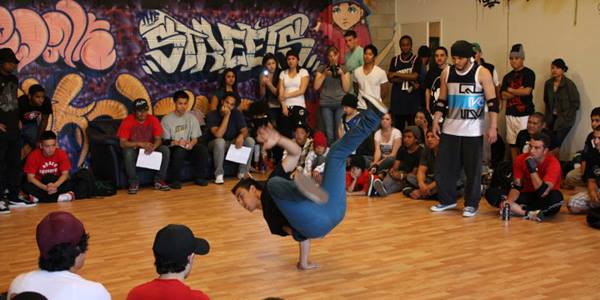
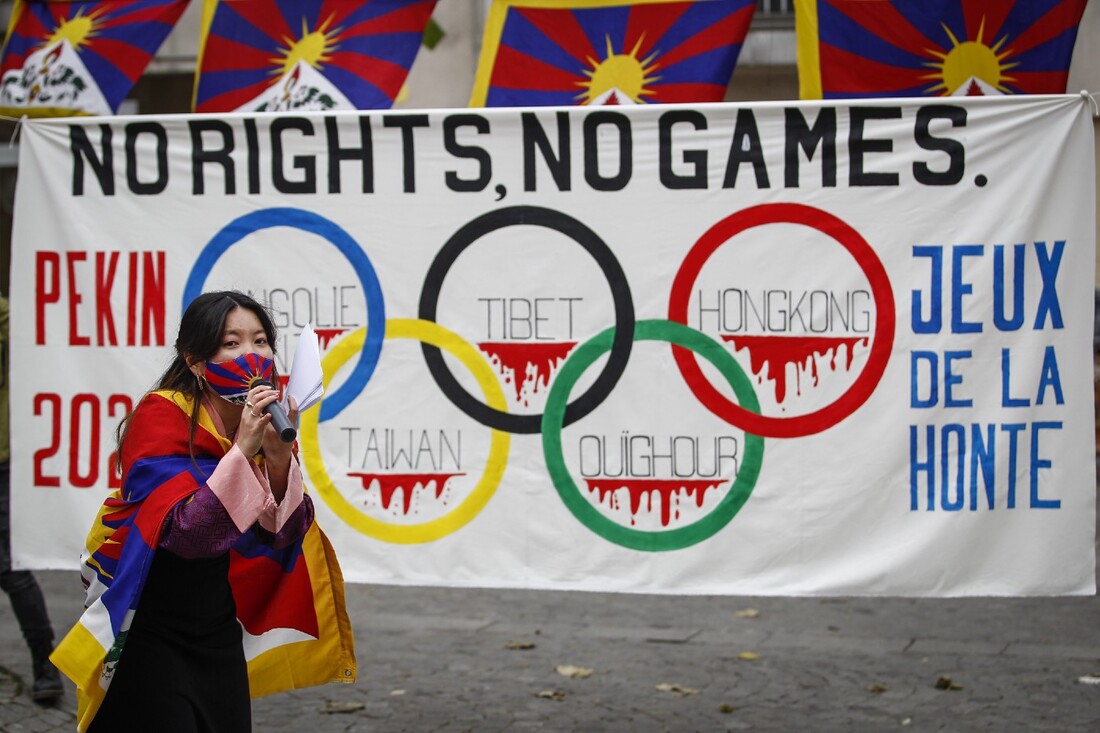
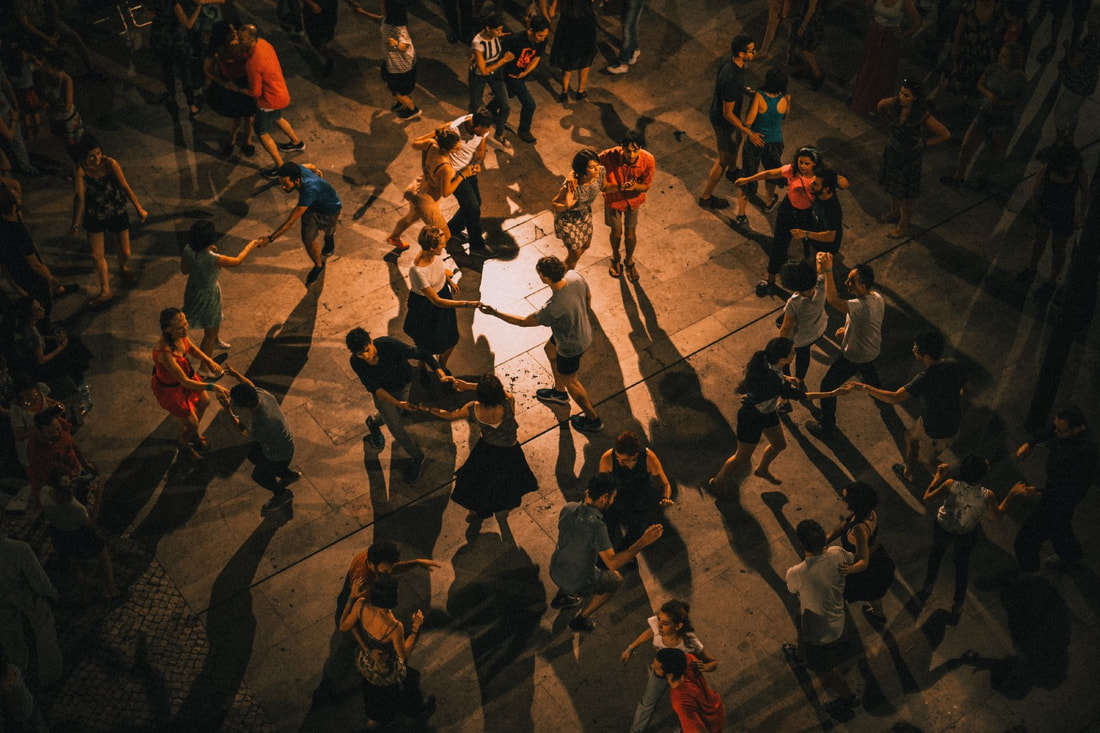
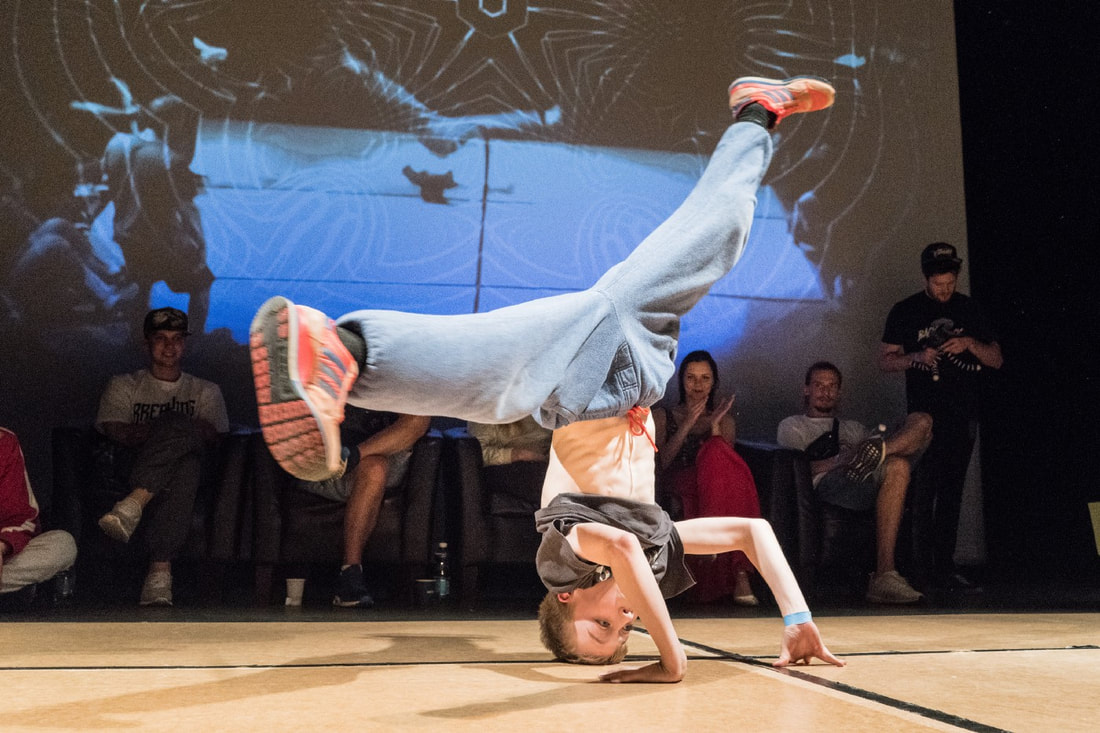
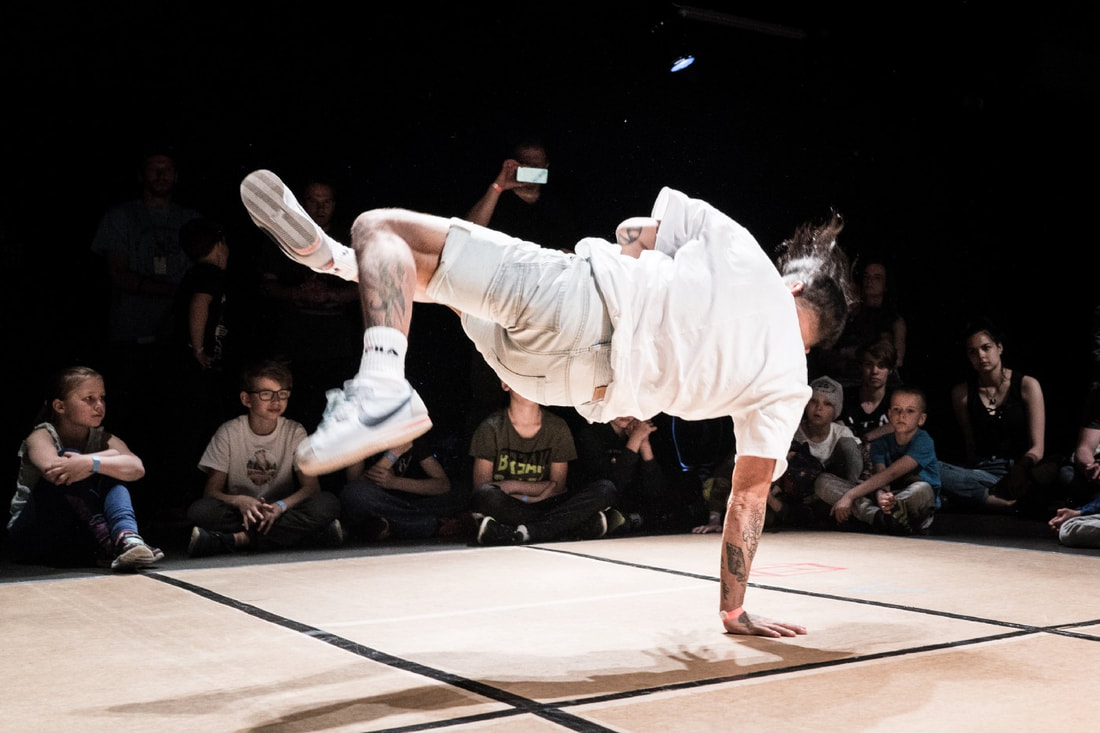
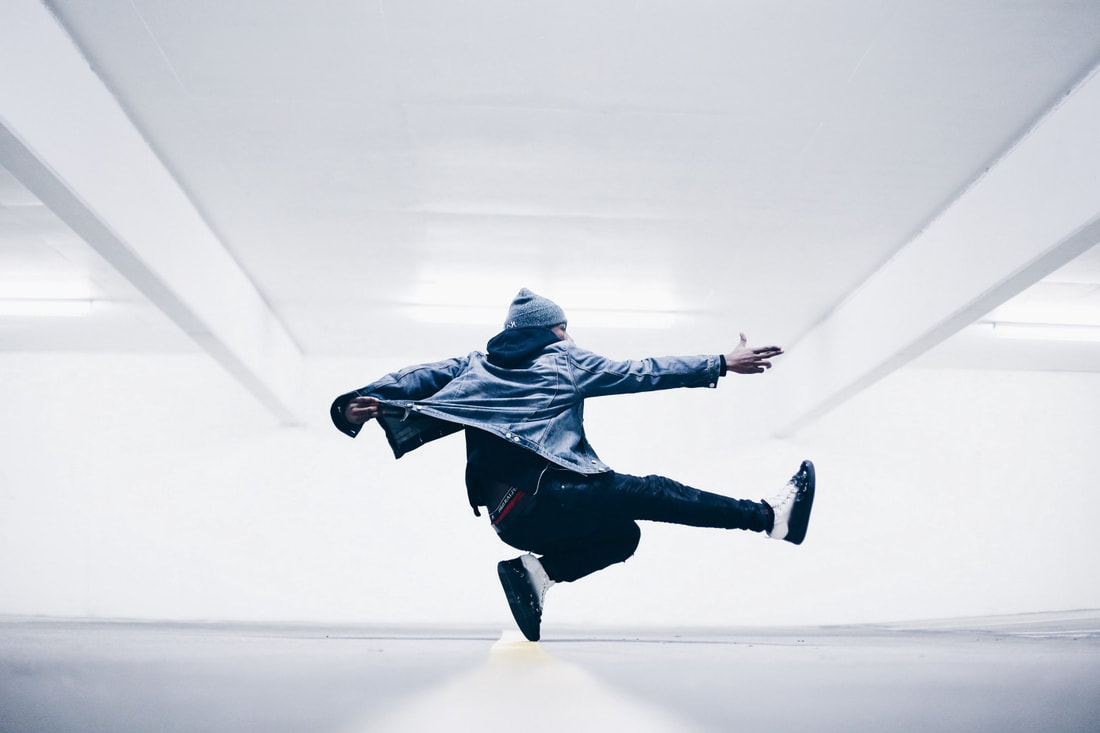

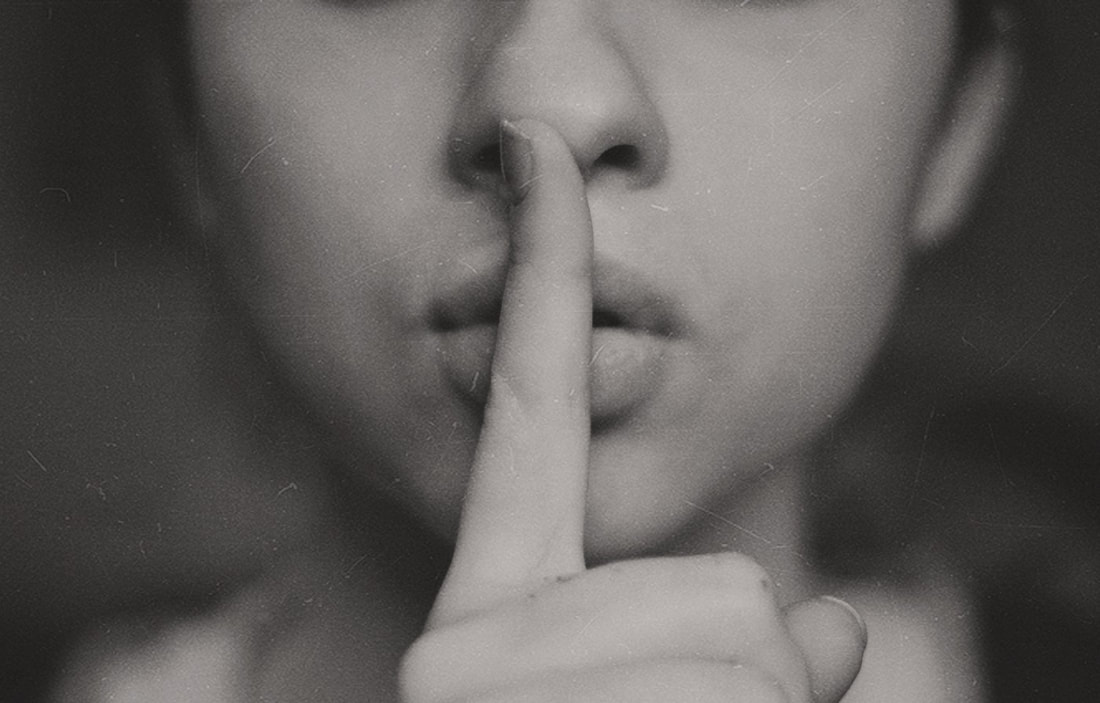
 RSS Feed
RSS Feed